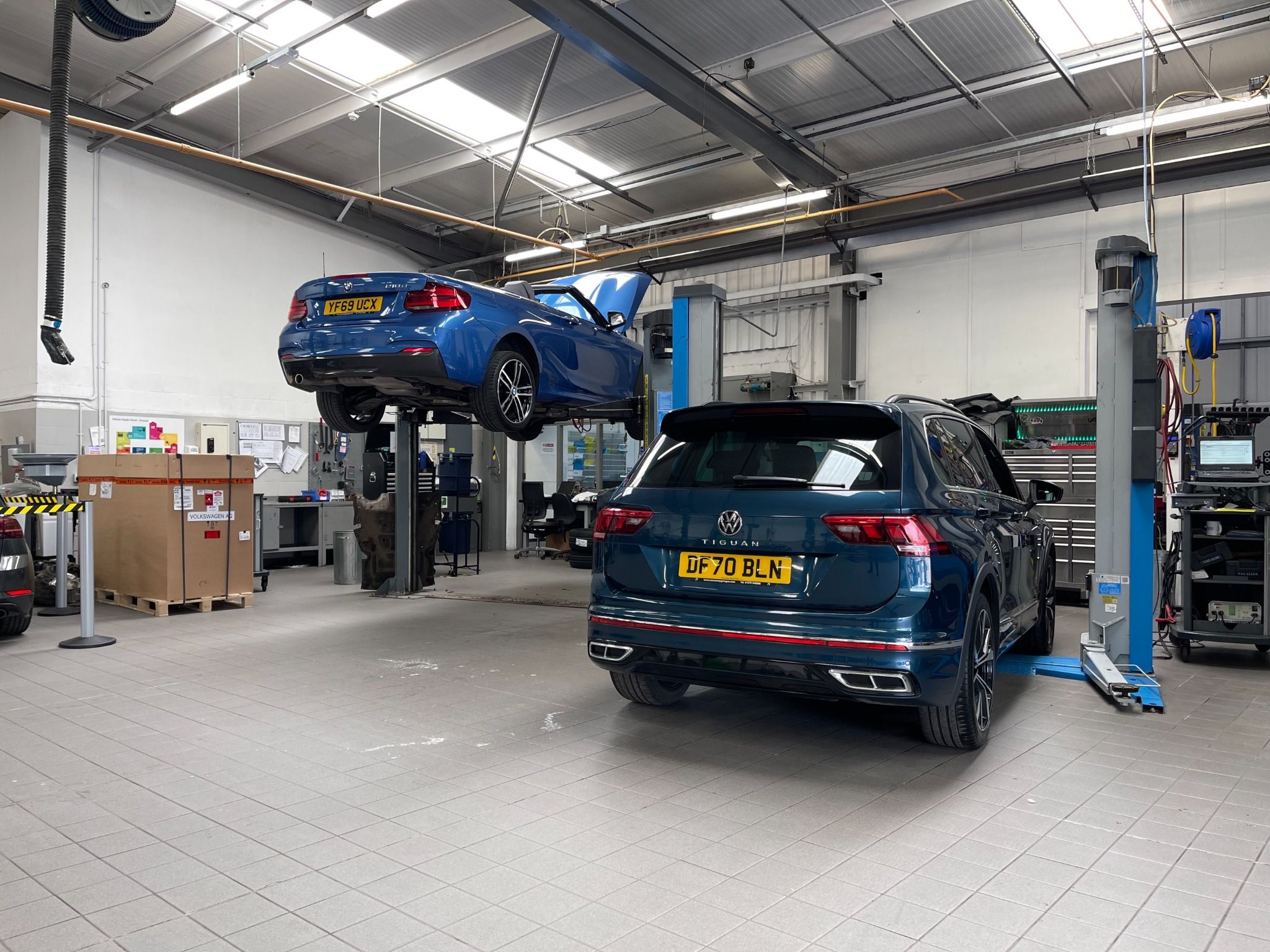Introduced in 1960, the MOT test only applied to vehicles over ten years old, hence its original name “Ten Year Test”, and was only required in a few major cities. It was less rigorous than today, covering only basic checks such as brakes and steering.
However, as the number of vehicles on the roads increased, so did the need for a more comprehensive test. Therefore, in 1967, the MOT became mandatory for all cars over three years old, and testing stations were established across the nation. The early years of the test were quite simple, with testers requiring only a quick visual inspection of vehicles to determine if they were fit for the road. However, with the rise of the automotive industry and the demand for improved road safety, the test has evolved to become more rigorous and comprehensive.

MOT test changes over the years
- 1968 – tyre checks were added.
- 1977 – checks of windscreen wipers and washers, brakelights, horns, exhaust system, indicator lights and condition of the body structure and chassis added.
- 1991 – checks of the emissions test for petrol engine vehicles, together with checks on the anti-lock braking system, rear wheel bearings, rear wheel steering (where appropriate) and rear seat belts introduced.
- 1994 – a check of emissions for diesel engine vehicles added.
- 2005 – introduction of a computerised administration system for issuing non-secure test certificates. Also rolled out in 2005 was the creation of the ‘Automated Test Bay’ this differs from traditional testing by adding additional equipment to the bay to negate the use of an assistant during the test.
- 2012 – checks of secondary restraint systems, battery and wiring, speedometers and steering locks included.
2018 MOT Update
One of the most significant changes to the MOT test came in 2018 when new defect categories were introduced. The test is now split into three categories: Dangerous, Major and Minor. If a vehicle is found to have a 'Dangerous' defect, the vehicle is not allowed to be driven until it is fixed. Vehicles with 'Major' defects must be repaired immediately, while 'Minor' defects can be repaired within a reasonable time frame.
MOT tests are often completed alongside a Major or Minor service which keeps your car performing to it’s full capacity. Consistent servicing increases can indicate a well maintained car which can result in a higher resale value.

The MOT test has come a long way since its humble beginnings in 1960, and today it is an essential part of keeping the UK's roads safe. The changes to the test over the years have mirrored the changing demands of vehicle technology and environmental requirements. The ongoing evolution of the test ensures that it remains relevant and effective, making a significant contribution to road safety in the UK.
Today, the MOT test is one of the most comprehensive vehicle tests in the world, and have played a vital role in improving the country's roadworthiness standards and ensuring that vehicles are safe for use on the roads.
If you would like to book your car in for an MOT test or service at any of our Swansway or Motor Match dealerships please contact one of our helpful teams.